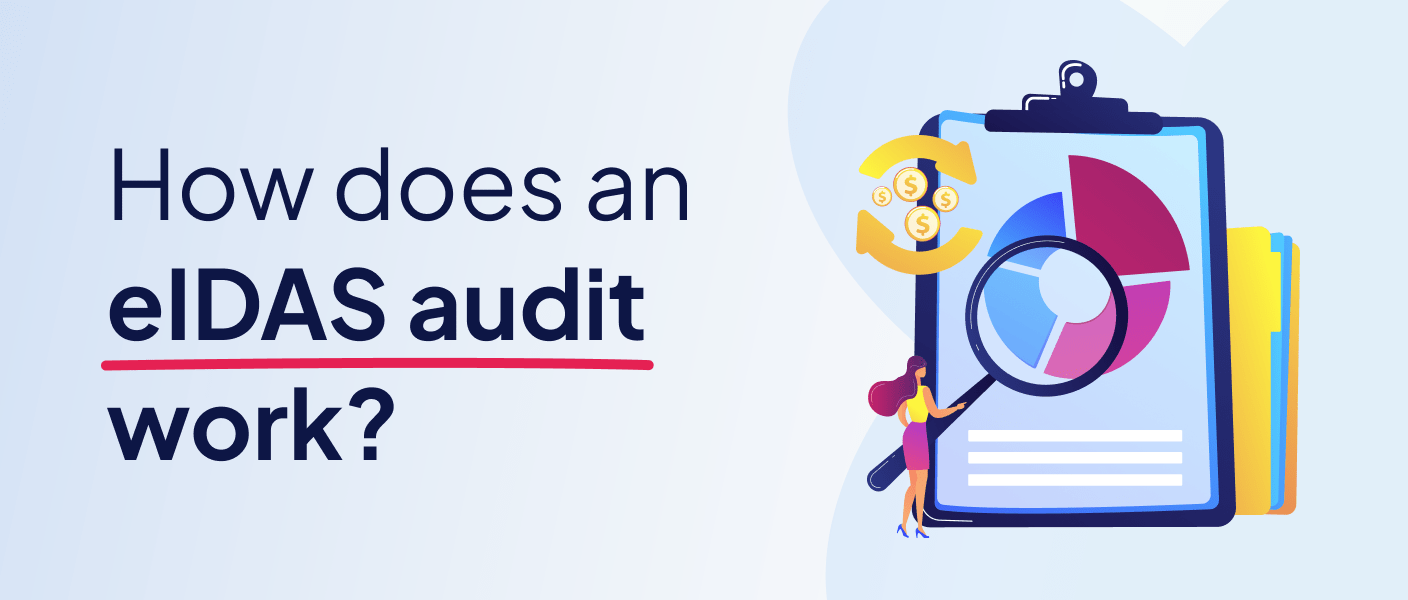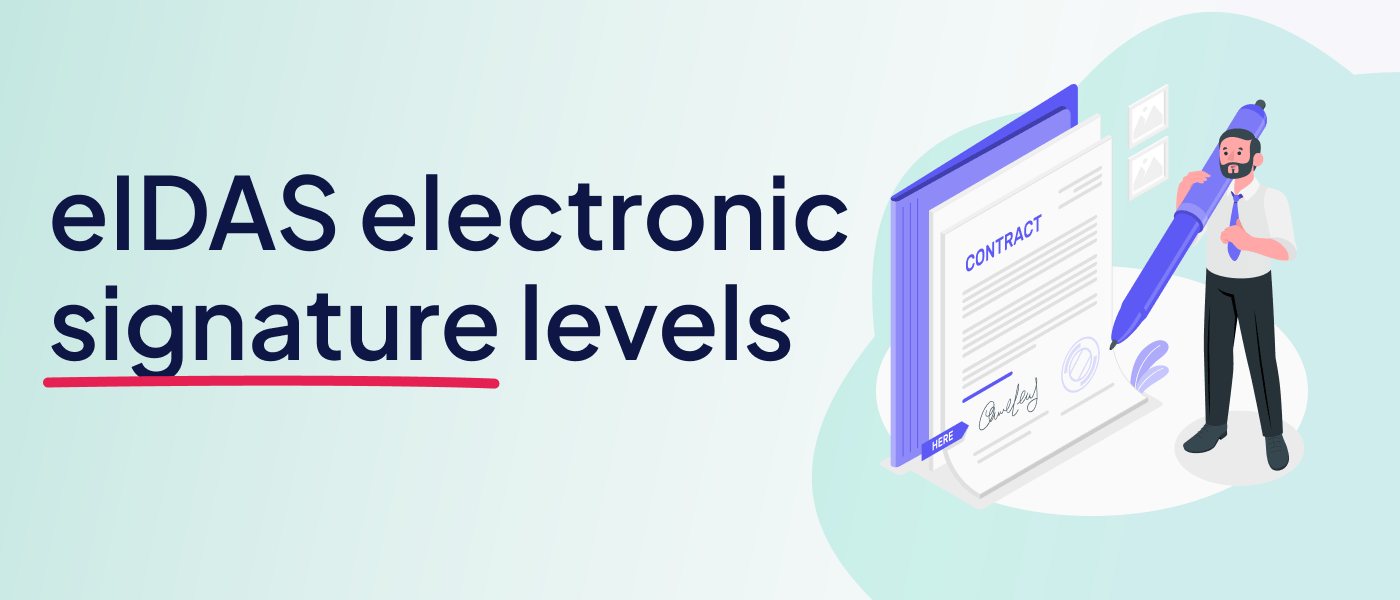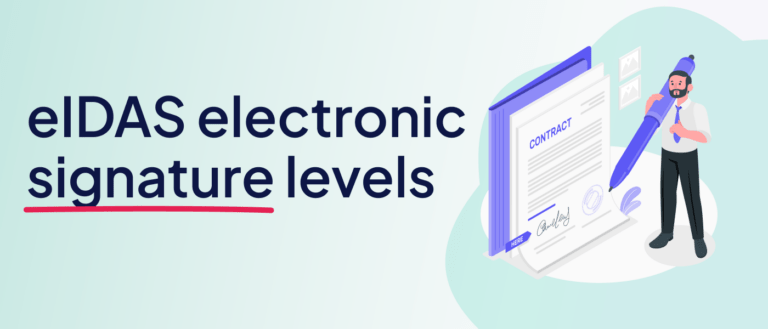Partager :

Demystifying eIDAS Audit Process: A Step-by-Step Guide
eIDAS regulation has become a cornerstone in the European Union’s (EU) digital landscape, providing a framework for digital identification and trust services. But how exactly does the auditing process work under eIDAS? In this article, we take you through the process, step by step.
Understanding eIDAS
Before we delve into the audit process, it’s essential to understand what eIDAS is. The eIDAS regulation, short for Electronic Identification, Authentication and trust Services, is a set of standards for electronic transactions in the European Single Market. It sets out the conditions under which member states must recognize electronic IDs and various trust services like electronic signatures, electronic seals, time stamps, registered delivery services, and certificates for website authentication.
The Importance of eIDAS Audits
eIDAS audits play a crucial role in enforcing these regulations, ensuring that electronic transactions are safe, secure, and legally binding across the EU.
A Step-by-Step Guide to eIDAS Audits
01.
Step 1: Preparation
Firstly, the company seeking eIDAS compliance must prepare thoroughly. This involves reviewing the eIDAS regulations, understanding the obligations, and ensuring all systems, policies, and procedures comply.
02.
Step 2: Preliminary Audit
Secondly, a preliminary or internal audit is conducted. This step allows the company to identify any potential compliance issues before the official eIDAS audit.
03.
Step 3: Selecting an Auditor
Next, the company must select an auditor, who must be an accredited Conformity Assessment Body (CAB). These bodies are accredited by national authorities and listed by the European Union.
04.
Step 4: The Audit Process
Fourthly, the CAB carries out the eIDAS audit. This process involves examining the company’s systems, policies, and procedures to ensure they comply with eIDAS regulations. The auditor also checks the technical and organizational measures implemented to secure electronic identification and trust services.
05.
Step 5: Audit Report
After the audit, the CAB prepares an audit report, which details the findings of the audit. If any non-compliance issues are identified, these are outlined in the report along with the necessary corrective actions.
06.
Step 6: Compliance Certificate
Finally, if the company is found to be in compliance with eIDAS, the CAB issues a compliance certificate. This certification demonstrates that the company’s electronic identification and trust services meet eIDAS standards.
In conclusion, the eIDAS audit is an integral part of the eIDAS framework, ensuring that organizations comply with regulations and provide secure, reliable electronic transactions across the EU. By understanding this process, organizations can better prepare for eIDAS audits and ensure their operations are compliant and trusted in the digital market.
Written by Ahmed B.
More posts on this topic





